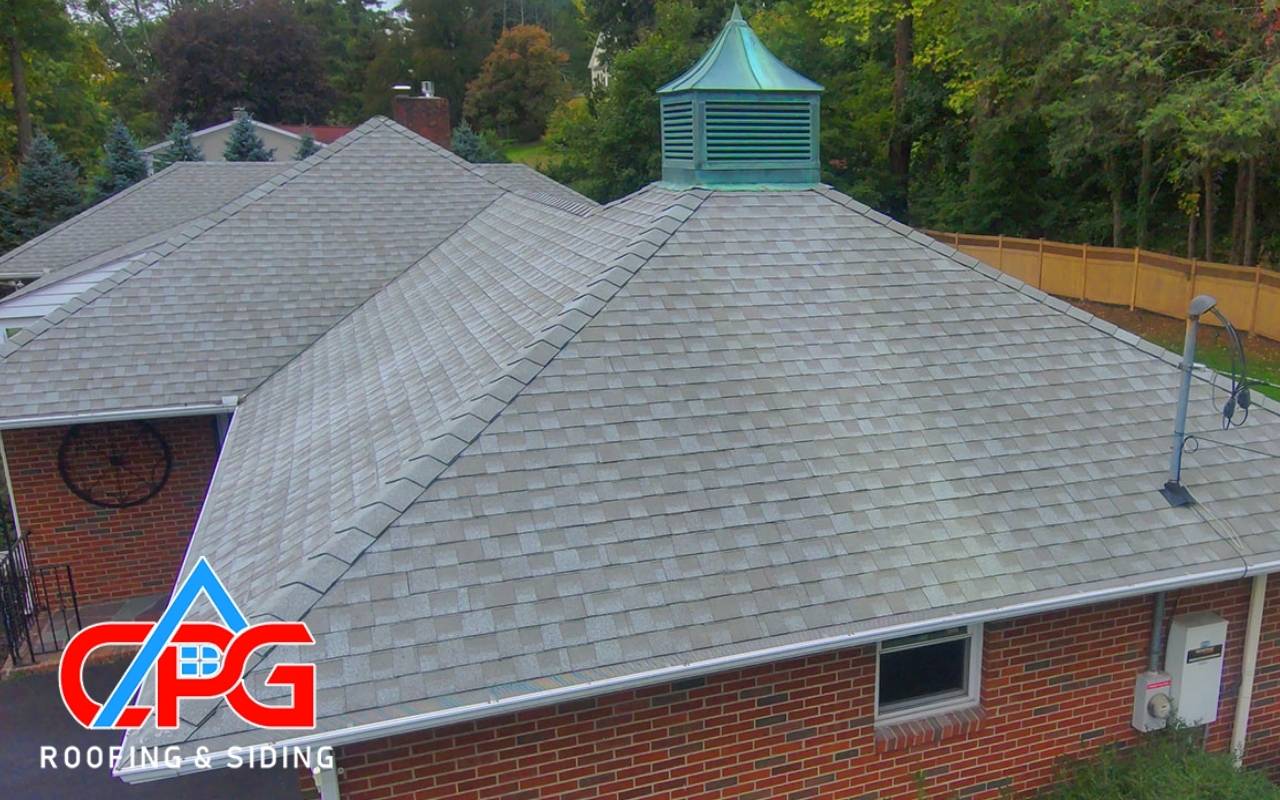
As autumn paints Dutchess County in vibrant hues, it’s not just the trees that need care. Moreover, the shift from summer’s warmth to winter’s chill makes this the perfect time for roof maintenance. Therefore, inspecting shingles in fall protects your home from unexpected repairs when harsh winter weather strikes. Neglecting this task may cause leaks, higher bills, or even structural damage. In addition, the crisp fall air allows thorough inspections without snow or ice interfering. Instead of waiting for storms to reveal issues, prepare your roof now. Consequently, this guide will help you secure your home’s shield before the cold season arrives.
Importance of Shingle Inspection in Fall
As days shorten and temperatures dip, inspecting shingles in fall becomes crucial for winter readiness. Specifically, fall storms in Dutchess County can bring heavy winds and rain, testing the durability of your shingles. Over the summer, protective granules weaken under constant sunlight, leaving shingles vulnerable. As a result, spotting curling edges, cracked surfaces, or missing granules early prevents costly damage later.
Moreover, early inspections help avoid moisture infiltration from freeze-thaw cycles. Catching problems early enhances your roof’s longevity. Additionally, shingles in poor condition affect energy efficiency, forcing heating systems to work harder. Keeping shingles intact ensures your home retains warmth and reduces seasonal utility costs. For long-term comfort and savings, timely fall inspections are invaluable.
Tools Needed for Shingle Inspection
- A sturdy ladder with stabilizing feet
- Durable work gloves and slip-resistant shoes
- Binoculars or a telescoping roof inspection camera
- Flashlight or headlamp
- Small pry bar or putty knife
- Inspection app or notebook for documenting findings
Above all, always prioritize safety. Wear protective gear, especially when working on damp or sloped roofs.
Exterior Inspection: Checking Shingle Condition from the Ground
Inspecting shingles in fall starts from the ground. For example, use binoculars to scan for color variations or granule loss. Look for cracked, curled, or missing shingles. In addition, pay special attention to roof edges, valleys, and flashing around chimneys or vents. Weak flashing often causes leaks. Therefore, document these issues before winter storms increase risks.
Interior Inspection: Assessing Signs of Shingle Damage Inside the Home
Step inside your attic or crawl space during dry conditions. Look for water stains on roof decking and damp insulation. Moreover, these signs reveal hidden leaks. Use a flashlight to check for daylight coming through rafters. Drafts near roof penetrations also indicate damaged shingles. Consequently, interior inspections complement exterior checks, creating a full picture of your roof’s condition.
Common Shingle Problems to Look Out For
- Granule loss exposing asphalt layers
- Blistering from trapped moisture or defects
- Lifted tabs from wind damage
- Cracked or buckled shingles
- Improperly installed or under-nailed shingles
Identifying these common issues during fall inspections helps you prioritize urgent repairs.
Repair vs. Replace: Decision Making for Damaged Shingles
Inspecting shingles in fall reveals whether repairs or full replacement are necessary. Minor cracks or missing shingles often require simple fixes. However, widespread granule loss, blistering, or aging shingles may signal the need for replacement. Asphalt shingles typically last 20 to 25 years. Therefore, if your roof is nearing that age, replacement may be the best investment.
For full replacement or major repairs, explore our Roofing Replacement in Beacon NY to secure your home for winter.
DIY Shingle Maintenance Tips for Homeowners
Regular fall maintenance helps extend your roof’s life. For instance, clear leaves, pine needles, and debris from the surface and gutters. Trapped debris causes moisture buildup, leading to rot. Moreover, apply roof-safe cleaning solutions to remove algae streaks. Trim nearby tree branches to reduce debris and shade. Seal small cracks with roofing cement immediately. As a result, these steps keep your roof durable and efficient.
If you’re considering new installations, review our Roofing Installation in Beacon NY for long-lasting protection.
Hiring a Professional: When to Seek Expert Help for Shingle Issues
Some roofing issues require professional expertise. For example, extensive water damage, sagging roof decks, or steep slopes are best handled by licensed roofers. Moreover, experts use thermal imaging to detect hidden leaks. They also follow strict safety measures. Therefore, hiring a professional ensures accurate solutions and long-term peace of mind. If you need guidance, connect with our team through our Contact CPG Roofing page.
FAQs About Fall Shingle Inspections
How often should I inspect my shingles?
Ideally, you should inspect shingles twice a year, in spring and fall, to address seasonal wear.
What signs indicate immediate shingle repairs?
Look for curling, cracked, or missing shingles, along with leaks or daylight in attic spaces.
Can I perform inspections without climbing on the roof?
Yes. In fact, binoculars or telescoping cameras allow safe ground inspections of shingle conditions.
Is inspecting shingles in fall better than in winter?
Yes. Fall provides safe conditions without snow or ice, making inspections more effective.
When should I call a professional roofer?
If you notice extensive leaks, sagging, or damage beyond DIY repair, hire a roofing expert promptly.
Extending the Lifespan of Your Shingles
Proper attic ventilation and seasonal cleaning significantly extend shingle life. Specifically, clear vents, apply algae-resistant treatments, and schedule professional inspections annually. These preventive steps maintain strength against Dutchess County’s changing weather. For comprehensive service, explore our Roofing Services designed to protect your home year-round.
Ensuring Your Home is Winter-Ready
Thoroughly inspecting shingles in fall strengthens your home against winter’s challenges. From DIY maintenance to professional solutions, each step safeguards your roof. Therefore, take action today to keep your home warm, secure, and efficient through the cold months.

